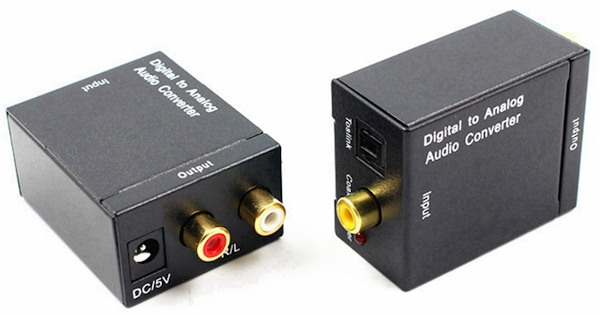Librarian (done?)
Made a lot of progress yesterday, and I think it's mainly done for now. Here's a video captured via Kazam (really nice simple Linux software) no audio:
0:00 The opening screen, showing serial port opening OK.
0:02 The preset editor screen, showing highlight mode.
0:06 The file list directory screen, showing highlight mode.
0:09 The slots screen, blank until you download some slot data from the D-Lev.
0:11 The Terminal screen, here you can communicate directly with the D-Lev Hive Command Language (HCL) over the serial port.
0:13 Directory screen, I use the tab-based auto-complete to load the accordion preset file.
0:18 Editor screen showing the accordion preset knob positions. In highlight mode I can inc/dec via +/- keys, directly set the value, and of the whole page.
0:46 Directory screen, copying a file and deleting it. The highlight + Enter copies the file name to the command line.
1:07 Slots screen, downloading different ranges, then all. The highlight + Enter loads it to the editor and takes you there.
1:51 Terminal screen, reading registers 0-9, the SW version & CRC, all memory locations (16kB).
2:07 Editor screen, pumping the SPI EEPROM SW image.
2:32 Terminal screen, checking the SW load.
Coding the WIN32API serial stuff was fairly easy following the examples on the web. Most of the polling timing and buffering was already worked out in Linux, which I'm sure made it a lot easier. Had the D-Lev powered via my Win10 Lenovo el-cheapo laptop, which worked better than I thought it would. The Win7 and Win10 consoles are really sluggish compared to the WinXP and Linux consoles, another reason to ditch MS if you're migrating from XP!



